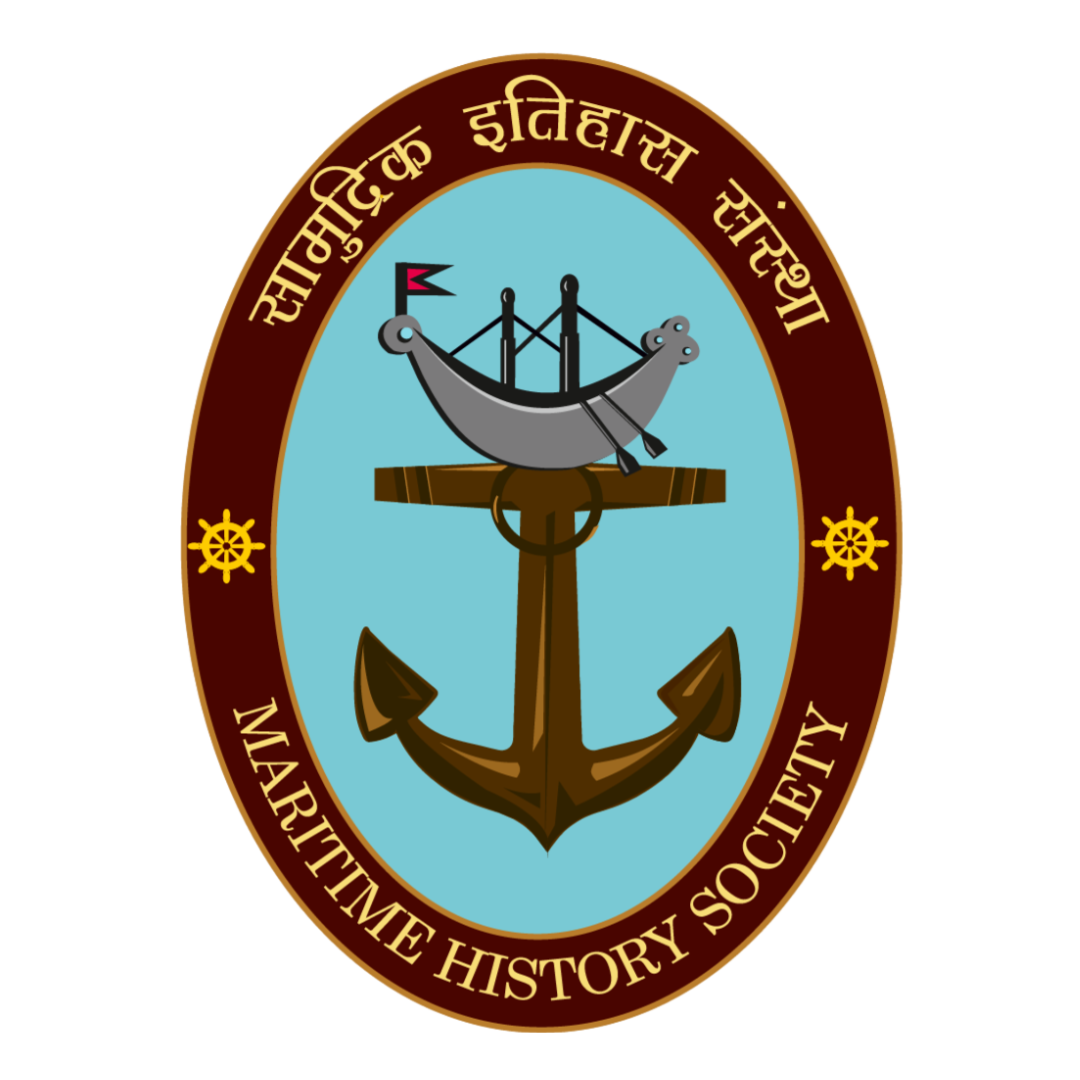Stories act as a conduit through which the complexity of human expression can be transmitted through simple narratives. They are also used as a medium to project broad contours of metanarratives that can be barely reproduced through other modes of communication. India has a large repository of stories that fall in this genre of literature. At face value, they appear to be fantastical in their composition but beneath the surface, they tell a story which is embedded in the cultural, political and social milieu of the Indian past.
The most interesting of the narratives on the sea and sea voyage comes from the Buddhist jataka stories. Three of them namely, the Samudda Vanija Jataka, Supparaka Jataka, and Mahajanaka Jataka are the most prominent stories where the lives of the protagonists revolve around the sea and the sea then becomes the theater where acts of divinity connected with protagonists unfold. Although prima facie these stories may appear mythical in their content, a careful dissection of the data may unpack a lot of material that can be historically significant for the study of society, culture and polity.
The first story is from the Samudda Vanija Jataka which involves a guild of carpenters who were stationed near Varanasi. The group comprised a thousand strong families. It so happened that the carpenters of this city were paid in advance for building, houses and furniture. The group defaulted in doing so, and as a result of which they were chided by the people. One fine day the carpenters decided to migrate to a distant land far away from the maladictions of their creditor. To undertake this journey they constructed a mighty vessel away from the city and in the thick of night they escorted their kith and kin into the ship and sailed towards the ocean. In the blue waters they chanced upon an island, which paralleled paradise. Trees laden with fruits and all amenities that would guarantee a life of plenty without the need for labor. The carpenters and their brood disembarked and made merry for days on end until the island was finally inundated with water, seven palm trees deep. Although the story ends on a moral note which would interest those into comparative literature, the rich data the story leaves behind is what interests the eye of a historian. For example we can deduce that the author of the jataka is acquainted with the drainage patterns of the Ganga and was also witness to inland water connectivity which would have connected the Ganga heartland with the region around the Bay of Bengal. We have references of voyages traversing the Ganga and Bay of Bengal from the Asokan period (circa 300 BCE) as documented in the voyage of Sangamitra to the Island of Tambapanni (Sri Lanka).
Corroborating the connection between the hinterlands of the Ganga valley to the littorals of the bay of Bengal is yet another jataka called the Mahajanaka Jataka. The area of focus of this Jataka like the Samudda Vanija Jataka is the Ganga heartland particularly modern Bihar, with the foreland extending into the littorals of the Bay of Bengal. In this story the Mahajanaka – the protagonist of this Jataka – who was disposed of his rightful inheritance to the throne of Mithila before his birth -tries to reclaim his kingdom by earning fortunes from the overseas trade with Suvarnabhumi (South East Asia). His mother, the Queen, dissuades him from undertaking such ventures for the sheer risk involved in it. Mahajanka, from his base in Kalachampa (Eastern Bihar), convenes a journey to the Suvarnabhumi where he encounters a tempest in which he loses all his merchandise to the bellowing sea. He is finally saved by the goddess Manimekhala from his travails who carries him to Mithila where he marries the Princess Sivali and gains the reigns of the Kingdom. This story shows the Eastern Ganga hinterlands in a flux of active mercantile interaction with the lands of Southeast Asia called as Suvarna Dvipa. It is also suggestive of the fortunes earned by Indian merchants by this trade as encountered in the voyage of Mahajanaka, which he took with the sheer aim of accruing wealth from the Indian Ocean trade.
Balancing the Eastern Indian bias of the Buddhist Jatakas, the Mahajanaka Jataka depicts the thriving maritime trade on the Western seaboard. In this Jataka the merchant/ seafarer Suparakka fed up of the miserly attitude of the King of Bhrigukachchha, a thriving port town on the western littoral, reluctantly takes up the job of a navigator which he was skilled at doing before his eyes were impared due to blindness. In this voyage Suparakka explains the distinct characteristics of the seas, their colors, texture of their waters, the flora and fauna that they contained and the geographical contours, thus showing his skill as a master navigator despite his disability. The story ends with Supparaka reaching the port town of Bhrighukachhha with all the wealth accumulated during the Journey. This jataka depicts the navigator as a quasi merchant who is also involved in the profits accruing from the sea trade. It also shows that Indian merchants would have had a fair description of oceans, their flora and fauna and the geomorphology of the regions in which they set sail. This leads us to believe that a primitive navigational database would have been in circulation at least among early navigators before the common era.
What we see from the above stories of the Jataka is that they were not just narratives of religious myths but also a mine house of historical data that can be helpful in creating a cohesive picture of India’s past, at least from its maritime frontiers. It also shows that Indians were also inquisitive to know of the world beyond their territorial domains.
Reference
- Supparaka Jataka
- Mahajanaka Jataka
- Samudda Vanija Jataka




0 Comments